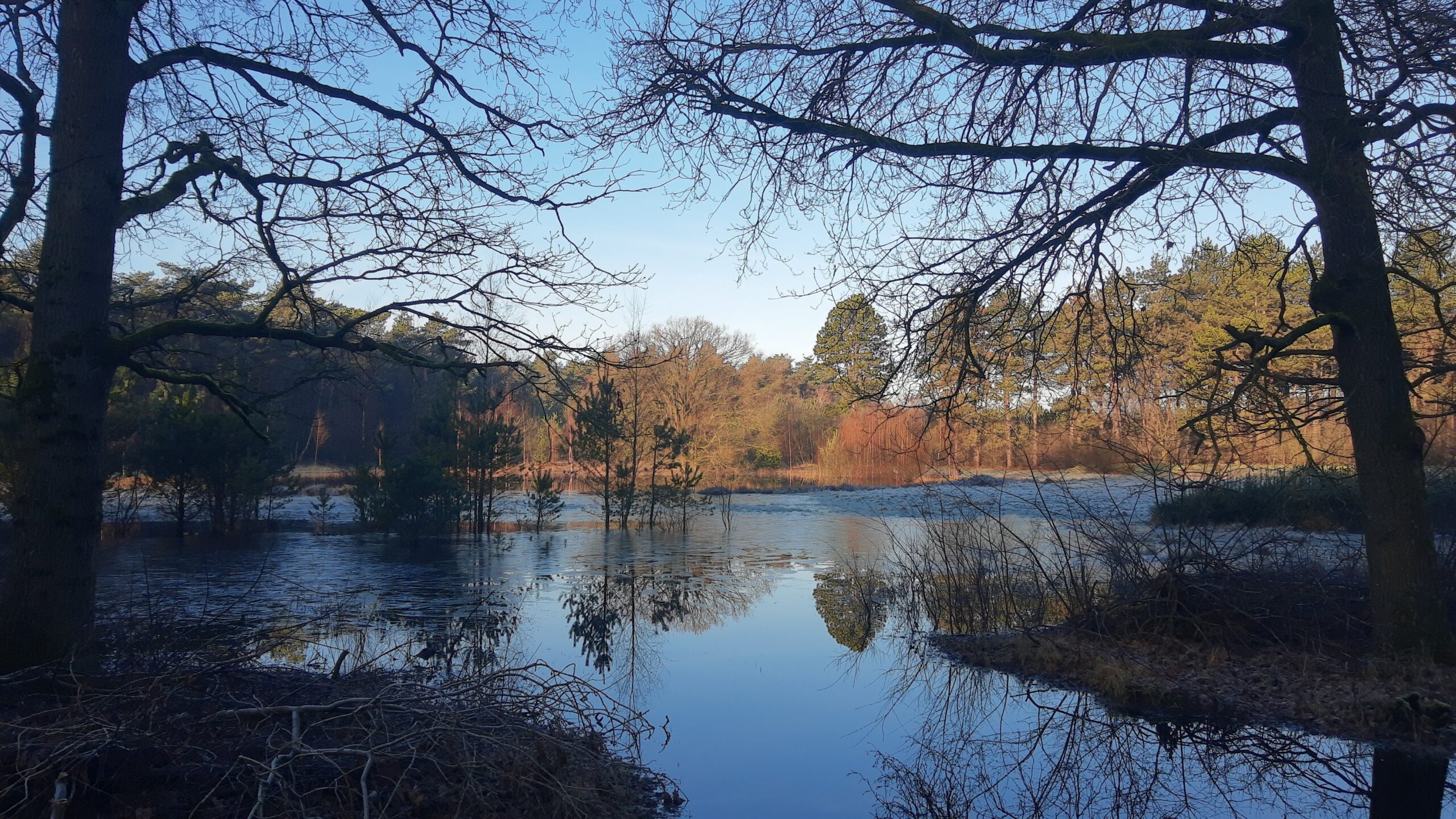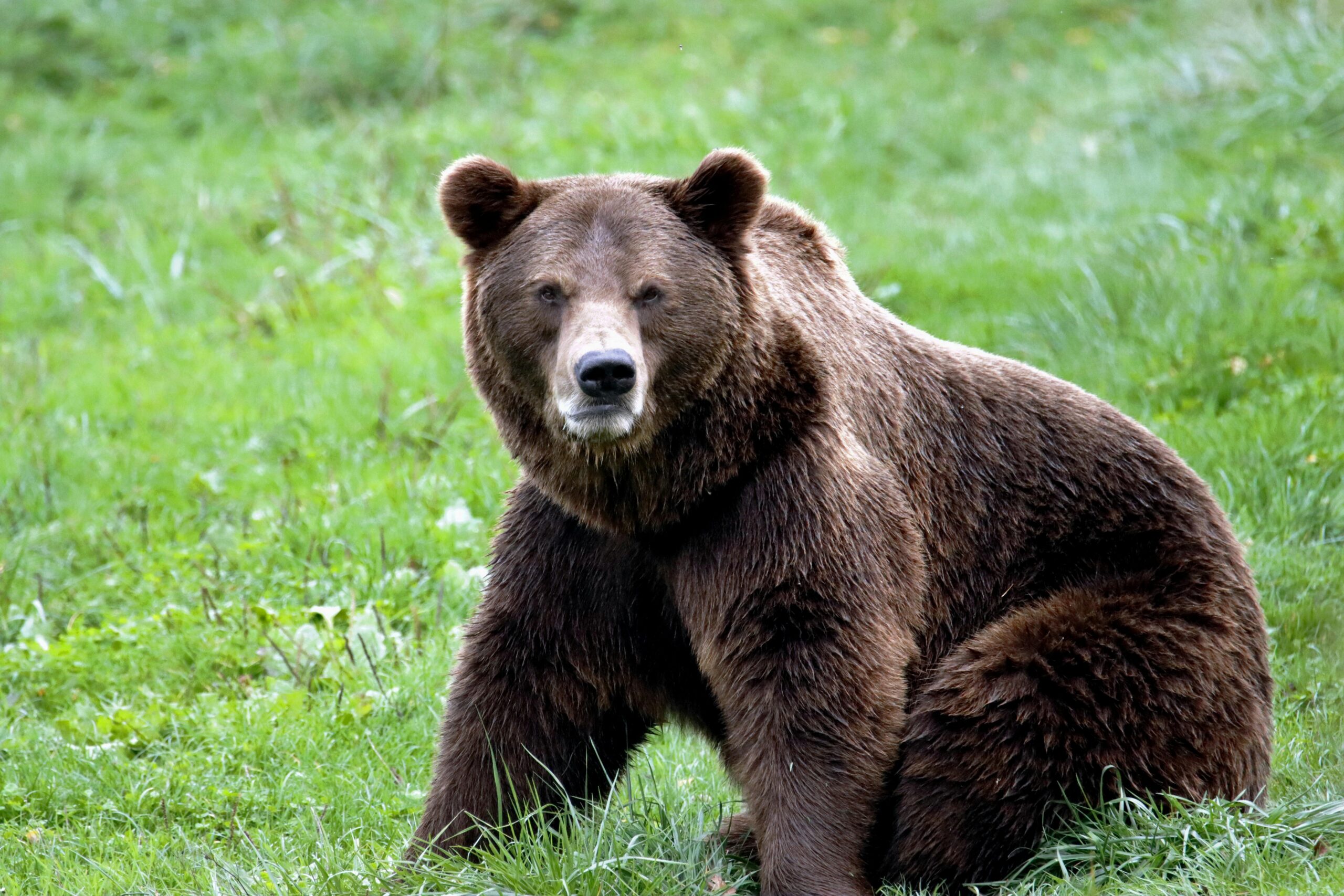One in four species is facing extinction. We have heard these numbers repeated by many news outlets, but do we know what it means? Do we know any of these species personally? How do they look? What does a typical day in their life look like? What do they like to eat, with whom do they socialize, at what time do they go to bed?
A huge contributor to the environmental crisis is the so-called “extinction of experience”, or, in other words: the increasing distance between us and nature. Fewer and fewer people have intimate knowledge of, or an emotional connection with, nature. And why would we care about something we know nothing about, or feel connected to in any way? To address this, in my research I explore different ways of reconnecting people with nature. In this story, I want to share the development of a teaching module at the University of Vienna in which my students and I used the power of storytelling and personification to connect people with vulnerable species in Austria.
Under the header “The faces of extinction”, my students and I developed a portfolio of 20 stories* about 20 different animals. All species were identified by the IUCN as (critically) endangered in Austria. Our stories represent a wide array of taxonomic classes, orders, and families: ranging from the freshwater pearl mussel (M. margaritifera) or the unexpected bumblebee (B. inexpectatus) to more well-known species such as the Beluga sturgeon (H. huso) or the saker falcon (F. cherrug). Each student selected one species, and under scrutiny of biologist Dr. Cliodhna Quigley, developed a narrative biography: a short story describing the life of this animal, with elements of personification, dramatization, and emotionalization.
Now, I am not someone who strongly identifies with nature. I couldn’t tell you much about a plant or bird in the wild beyond that – that they are probably a bird or a plant. Yet, learning about these vulnerable species shifted something in me. Did you know that the unexpected bumblebee has gone undercover for most of its existence, because it got so good at imitating its cousin (the regular bumblebee) that scientists couldn’t tell them apart until recently? Or did you know that the Beluga sturgeon memorizes the place it was born, and returns to that place every year to procreate? However, because of the widespread construction of dams, many sturgeons cannot reach their birthplace anymore. Instead, they go to great lengths in finding alternate routes. Scientists even discovered a shimmer of sturgeons’ personalities, as it turns out some sturgeons are bigger risk takers than others. Facing an obstacle, some take the huge personal risk of trying to break through the dam, or even find a detour of hundreds of kilometers to reach their place of birth, while others simply dump their roe at the nearest acceptable-looking riverbed and go on their merry way (as a sturgeon, I would almost certainly fall in the second category).
The stories don’t stop here. The more you read about animals and their behavior, the more you realize that each and every one of these animals has a unique experience of the world. The faces of extinction tell many stories: different from us in some ways, and also sometimes surprisingly similar. In all cases, unimaginably rich and diverse. Somehow, we have managed to tangle up their worlds into our own – and force all of them, alongside ourselves, to face the consequences. Meeting the faces of extinction via storytelling can be a powerful way in reconnecting with nature. It can create a feeling of awe about the richness and diversity of our planet, knowledge about the complexity of other animals’ abilities and experiences, and ultimately remind us of the responsibility we have for not just ourselves, but all our neighbors on our planet.
* The stories can be shared upon request.
Interested in learning more? Read more about my work (www.sarinijssen.com) or dive into the world of animal minds, for example this book by Pulitzer Price-winning science journalist Ed Yong (https://edyong.me/an-immense-world)

